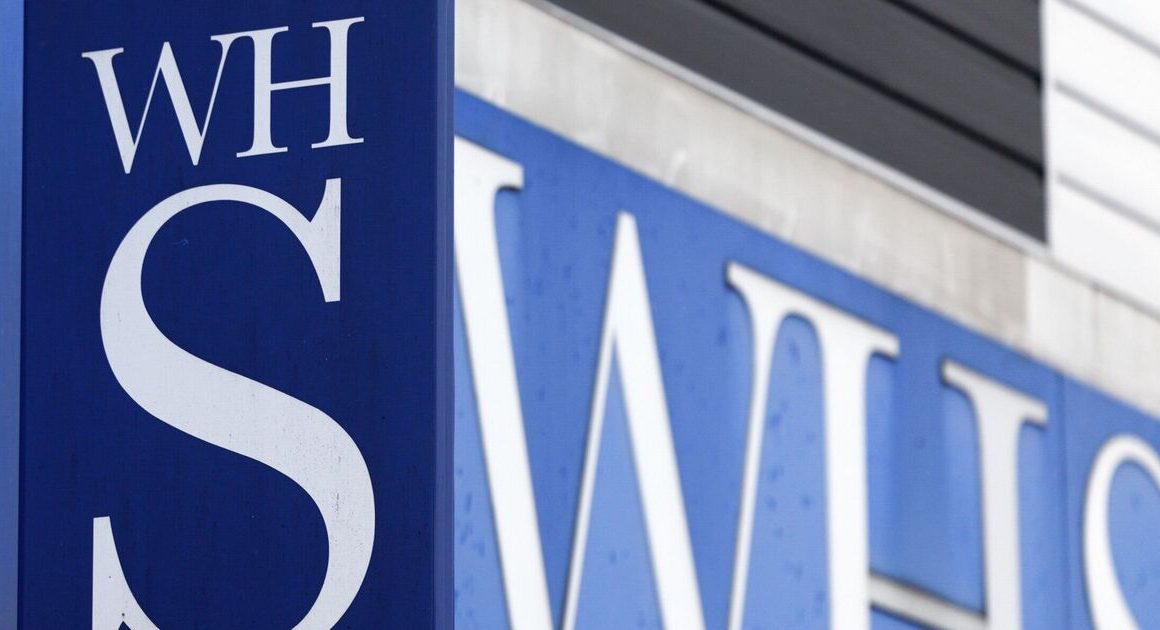Time is ticking on Windows 10 with the ageing operating system now just 8 months away from its end of life. Once the calendar reaches October, Microsoft will no longer release free updates or security patches for this popular software which means those still using it will be at greater risk of issues such as errors, bugs and worrying cyber attacks.
There are plenty of options for Windows 10 users, including buying a new Windows 11-ready laptop or signing up for Extended Security Updates (ESUs), which will make sure PCs are kept safe. ESUs will come with a yearly fee and may only be available for three years but will mean it’s possible to keep older machines running safely.
It is also possible to simply upgrade current devices from Windows 10 to Windows 11 but this comes with a warning.
It appears some Windows 10 users have managed to switch to Microsoft’s latest and greatest operating system despite their PCs not being compatible.
For those not aware, Windows 11 needs certain system requirements – such as a TPM Trusted Platform Module (TPM) version 2.0. – to run smoothly and securely and it appears the Redmond firm is now worried about those unofficial upgrades that have been taking place.
In fact, the company is urging users to “roll back” to Windows 10 if their PCs don’t meet the system specs.
In a post on its support page, Microsoft said: “If you installed Windows 11 on a device not meeting Windows 11 system requirements, Microsoft recommends you roll back to Windows 10 immediately.”
The firm is also urging users to check if their PC is OK to use Windows 11 with a PC Health Check available to all users.
“If your device is already running Windows 10, you can use the PC Health Check app to assess compatibility,” the tech giant added.
Windows 10 support will end on October 14, 2025 so there’s not long to make a decision.
Here’s what you need to run Windows 11 safely
• Processor 1 gigahertz (GHz) or faster with 2 or more cores on a compatible 64-bit processor or System on a Chip (SoC).
• RAM 4 gigabytes (GB)
• Storage 64 GB or larger storage device Note: See below under “More information on storage space to keep Windows 11 up-to-date” for more details.
• System firmware UEFI, Secure Boot capable. Check here for information on how your PC might be able to meet this requirement.
• TPM Trusted Platform Module (TPM) version 2.0. Check here for instructions on how your PC might be enabled to meet this requirement.
• Graphics card Compatible with DirectX 12 or later with WDDM 2.0 driver.
• Display High definition (720p) display that is greater than 9” diagonally, 8 bits per colour channel.












